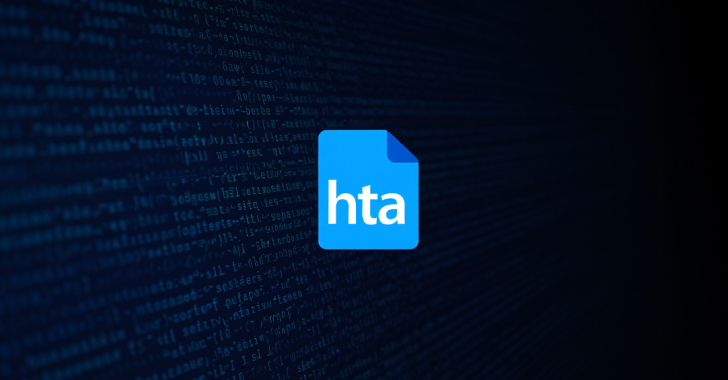
A Basic SOC 2 Compliance Checklist
In today’s digital age, the importance of data security and privacy cannot be overstated. Carrying out business operations in a secure environment has become a critical aspect of maintaining customer confidence and complying with industry regulations. Among the many security frameworks available, Service Organization Control 2 (SOC 2) has emerged as one of the most important standards for ensuring secure data management practices. This article serves as a basic SOC 2 compliance checklist, outlining the essential requirements for organizations aiming for SOC 2 compliance.
- Define the Scope: The first step towards SOC 2 compliance is defining the scope of your compliance efforts. Determine the systems, processes, and controls that are to be included within the SOC 2 audit.
- Identify Trust Service Categories: SOC 2 compliance evaluates an organization’s controls relevant to security, availability, processing integrity, confidentiality, and privacy (referred to as the Trust Service Categories). Decide which categories are applicable to your organization based on the nature of your operations and customer expectations.
- Establish Policies and Procedures: Document and implement comprehensive information security policies and procedures that align with the identified Trust Service Categories. This can include access controls, data management, incident response, and encryption standards as applicable.
- Conduct Risk Assessments: Regularly evaluate and identify risks within your IT infrastructure, physical environment, and operational practices. Assess the potential impact of these risks on your organization’s ability to meet the Trust Service Categories and implement controls to mitigate them effectively.
- Implement Access Controls: Restrict access to sensitive systems and data based on the principle of least privilege. User accounts should be assigned based on defined roles and responsibilities, with authorization mechanisms in place to prevent unauthorized access.
- Monitor and Log System Activities: Implement robust logging mechanisms that capture and retain system activities, including logins, access attempts, modifications, and error messages. Regularly review and analyze logs to identify anomalies and potential security incidents.
- Regularly Perform Vulnerability Assessments and Penetration Testing: Conduct regular vulnerability assessments and penetration tests to identify weaknesses in your IT infrastructure. Address the identified vulnerabilities promptly to ensure the security and availability of your systems.
- Apply Secure Software Development Practices: Implement secure coding practices, perform regular code reviews, and conduct penetration tests on software applications to minimize the risk of potential security vulnerabilities.
- Establish Incident Response and Disaster Recovery Plans: Develop and implement incident response and disaster recovery plans to effectively address security incidents and minimize downtime. Regularly test and update these plans to ensure effectiveness.
- Monitor Third-Party Security: Establish appropriate controls and oversight for third-party vendors and service providers who have access to your systems or data. Conduct due diligence to ensure their security practices align with your organization’s requirements.
- Train and Educate Employees: Provide regular training and awareness programs to ensure employees understand their responsibilities regarding data security and privacy. Regularly reinforce the importance of compliance with security policies and procedures.
- Conduct Independent SOC 2 Audit: Engage an independent auditor to perform a SOC 2 examination. The auditor will evaluate whether your organization’s controls meet the criteria set out in the Trust Service Categories. Obtain a SOC 2 report from the auditor upon successful completion of the examination.
- Remediate Identified Gaps: Address any identified gaps or deficiencies from the SOC 2 audit promptly. Develop and implement corrective measures to improve your security controls and meet the requirements of the Trust Service Categories.
- Maintain Documentation and Ongoing Monitoring: Maintain accurate documentation of your security controls and ongoing efforts to comply with SOC 2 requirements. Regularly monitor and review your controls to ensure their effectiveness and to remain compliant.
- Continuous Improvement: Lastly, embrace a culture of continuous improvement by regularly reviewing your security posture and adapting your practices as the threat landscape evolves. Stay informed about new industry best practices and standards to further enhance your security program.
In conclusion, achieving SOC 2 compliance is essential for organizations looking to demonstrate a strong commitment to data security, privacy, and trust. By following this basic SOC 2 compliance checklist, your organization can take significant strides towards meeting this rigorous standard and safeguarding customer data. Remember, achieving and maintaining SOC 2 compliance is an ongoing process that requires a collective effort from stakeholders at all levels of the organization.
Contact Cyber Defense Advisors to learn more about our SOC 2 Compliance solutions.





